Win CENS ProFlex DX5 earplugs worth £1,149 – enter here
The different spaniel breeds – which one would suit you best?
Don't overlook the minor breeds, like Clumber, Welsh springer or Brittany spaniels, although their natural hunting, retrieving and training ability probably won't be as strong as a Cocker or Springer
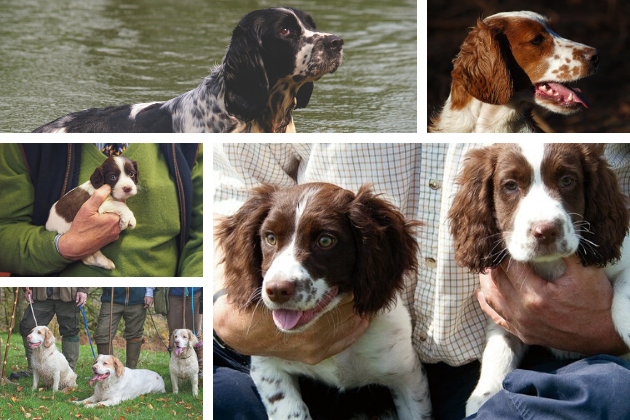
Think of spaniels and the spaniel breeds that first come to mind are probably cockers and springers.
An English springer or a cocker spaniel?
Kennel Club registration does not differentiate between working and show lines which makes things confusing. So you will have to research into the dogs’ background and check the pedigrees.
Do your research
Both cockers and English springers will vary widely in their temperament, trainability and natural ability. This is determined by which dogs are in their pedigree, so detailed research and seeking as many peoples’ opinions as possible will pay-off in the long run. For example if you want an English springer spaniel to be a really hard hunter you should look for that in the pedigree. Get the breed for you that suits the work and life you have in mind. You’ll be more willing to accept the dog’s mistakes that way.
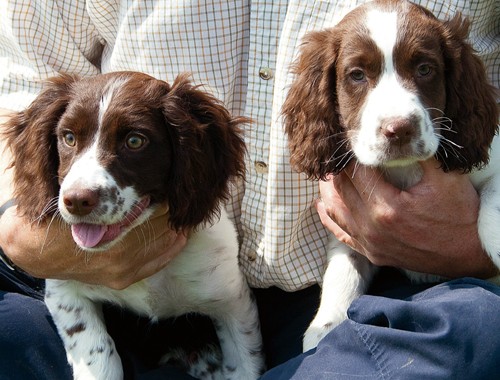
They may look similar but that’s a springer on the left and a cocker on the right
Springers – larger and more powerful
Springers are often more independent dogs that want to get away hunting and they tend to have a more businesslike approach than a cocker. They’re usually proficient hunters and revel in the sheer enjoyment of it all. Often they are larger than cockers and tend to be more powerful. More biddable in training, they’re ready to accept being corrected.
Springers can vary in colouration but most Field Trial lines tend to be getting lighter coloured. The two main colours are liver and white or black and white (very occasionally a tri-coloured specimen crops up). To get black and white pups one of the parents must be black and white. Two liver and white parents can only produce liver and white puppies.
What to avoid in springers
In English Springers you need to avoid anything that has SHCh (Show Champion) or CH (Champion) in front of its name. Instead, look for FTCh (Field Trial Champion) or FTW (Field Trial Winner) on the pedigree. The Kennel Club has tried to stop breeders from putting FTW on pedigrees and unfortunately this does not help the novice person looking at a Kennel Club printed pedigree.
Cockers – affectionate and bright
Cockers tend to be more affectionate than springers and their colourings can vary greatly. They are great characters so life is fun and cockers make better house dogs than springers. However they are bright, inclined to mischief and can be skilled at manipulating their owners. Consistent training is necessary.
Cockers generally need scent or gamey ground to stimulate them into hunting. This manifests itself sometimes when they get more experienced and turns them into what I refer to as ‘economy hunters.’ For example, you take your trained cocker into clumps of cover. He’ll run to the downwind side of a clump, give a few sniffs and, without entering it, move on to the next. He’ll then sniff at this one, again from the down-wind side, then dive in and flush the game. This shows the dog knew there was nothing in the first bush so didn’t bother to go in there, but the second bush had a pheasant in so he immediately pushed in and flushed it.
Hunting differences between cockers and springers
Springers tend to work a ‘windscreen wiper pattern’ whilst cockers tend to be more ‘bitty’.
Health issues
Cockers do not generally breed true to type so have very few health problems (providing they are pure working lines). Working springers can suffer from a few health concerns – such as eye and hip problems.
Spaniel breeds – pedigree names to look out for
If you see a pedigree that includes some of these names then chances are it will be from good working stock.
English springer spaniels
Badgercourt
Parkmaple
Gwibernant
Steadrock
Rytex
Tawnyhill
Parkbreck
Housty
Kettlestang
Laganmill
Windmillwood
Robinsmor
Moonreed
Flintwood
Clarburgh
Sunnybrae
Mistlechalke
Halaze
Kenine
Fenlord
Edgegrove
Follybreeze
Cocker spaniels
Parkbreck
Maesydderwen
Larford
Tawnyhill
Mallowdale
Randalyn
Should I get a cocker now instead of a springer?
Q: My shooting is mainly driven now, due to advancing years and a hip replacement. I am about to replace my old springer spaniel and fancy getting a cocker, having seen one or two out shooting, but wondered if it would be able to retrieve all game. I have watched one retrieve a hare, but is that an exception? Would it struggle with a cock runner, for instance?
A: A good working-strain cocker puppy from a reputable breeder should give you the best chance of success.
Generally, cockers have a real willingness to please, are happy little dogs that are full of courage and love the company of humans. They cope naturally with attempting to retrieve any size of article, and with the correct training have no trouble with large game such as hares and cock pheasants. Most can also manage a goose, though it may be a drag rather than a carry.
My first good cocker, weighing 18lb when in prime working condition, would bring back all game, albeit with a little difficulty and needing the occasional rest when carrying a lively hare. Of course, do not expect a cocker to fly over a gate with a hare in its mouth; it will usually find the path of least resistance underneath. But, allowing for those sorts of physical limitations, a cocker will try its very best to get everything back to hand.
I have used many different breeds at the peg, and with the correct training a cocker is as good as any other breed for this purpose and fits in the car with ease on the way home. Go with your heart and success will be more likely, rather than trying to train a breed that you don’t particularly want.
Minor spaniel breeds
There are many more ‘minor’ spaniel breeds (although their fans probably wouldn’t consider these breeds minor in any way). That’s not even including the increasingly popular spaniel hybrids like sprockers (cocker/springer mix) and cockapoos (a cocker spaniel/poodle cross).
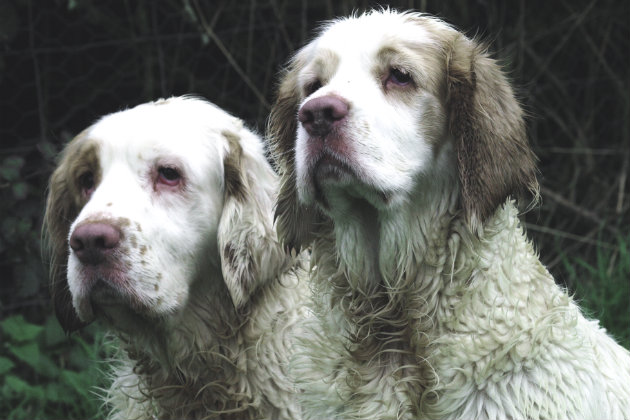
Clumber spaniels Bella and Boris
The Clumber.
The Working Clumber Spaniel Society has worked hard to keep this breed from near extinction as a working spaniel, and the working Clumber spaniel has become more athletic than its show counterpart.
They are good-looking, with a distinctive pink nose and work close at a steady pace. There are now working lines in the Clumber spaniels, which are much lighter in their body mass, have a greater working drive, and have combined all that with a more trainable temperament.
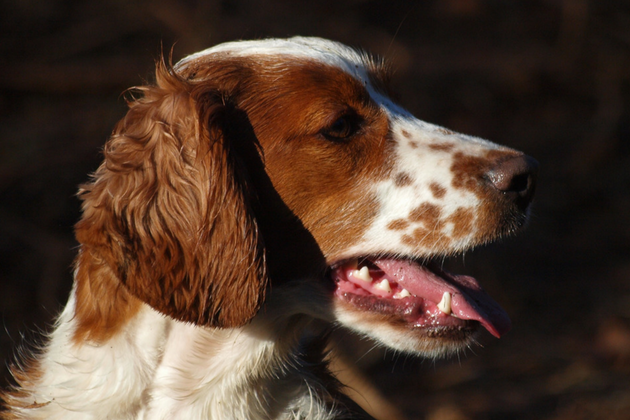
The Welsh springer spaniel
The Welsh springer spaniel
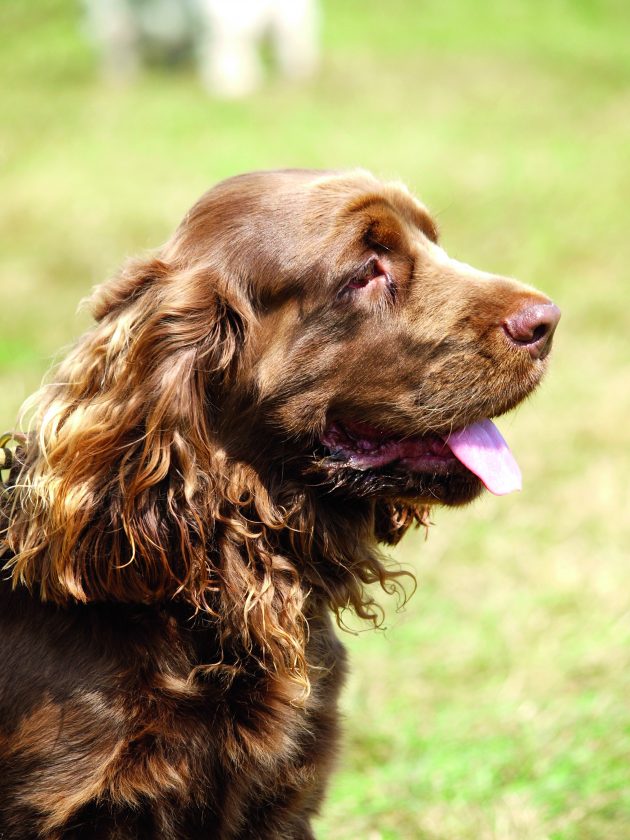
The Sussex spaniel
Sussex spaniel
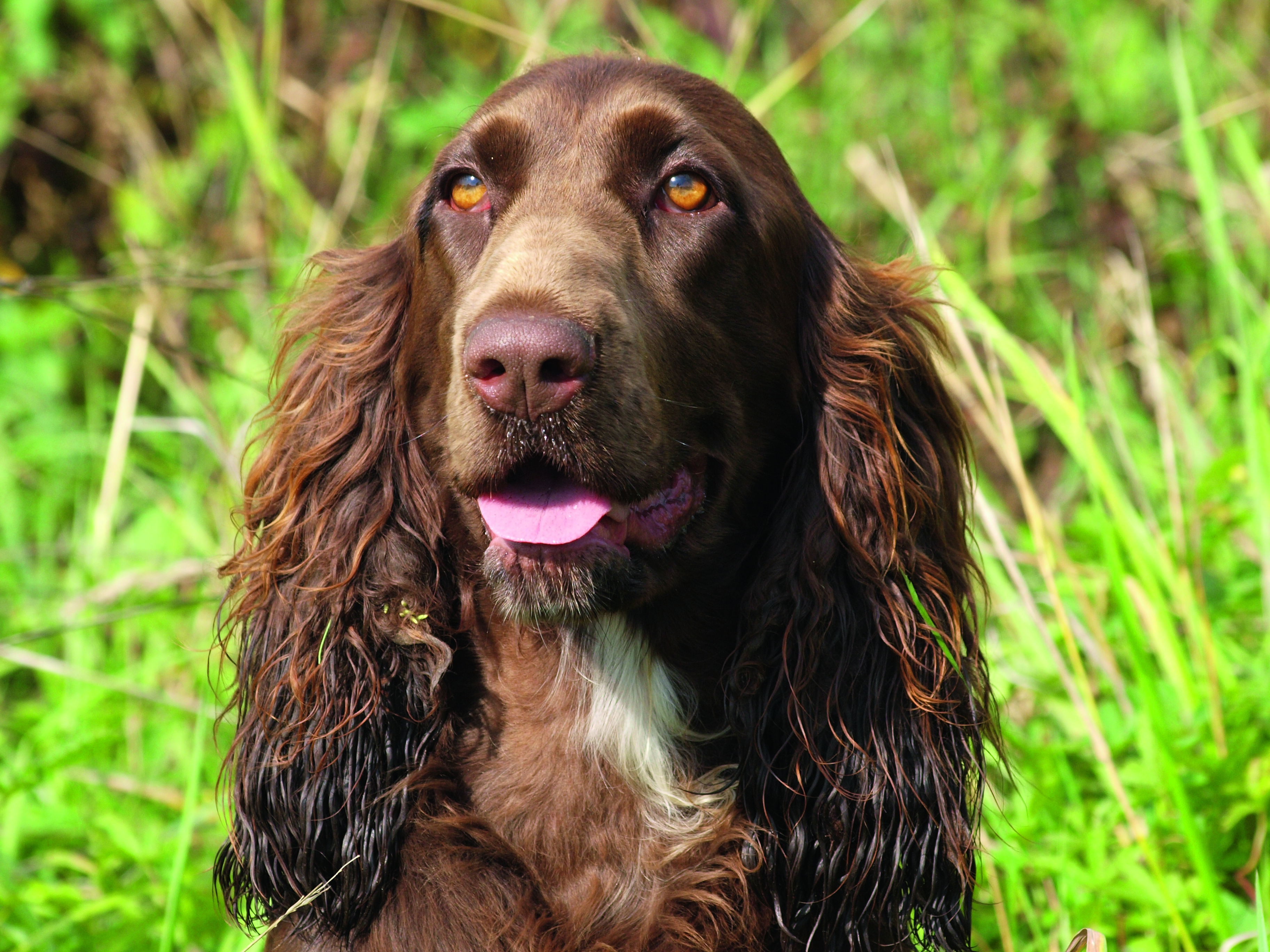
Field spaniel
Field spaniel
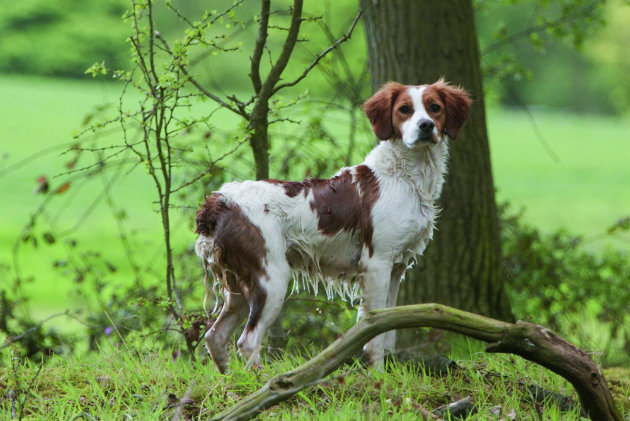
Brittany spaniel
The Brittany
(The Brittany is not strictly a spaniel. It is an HPR breed, one of the pointing breeds and not a spaniel that hunts and flushes game immediately on contact).
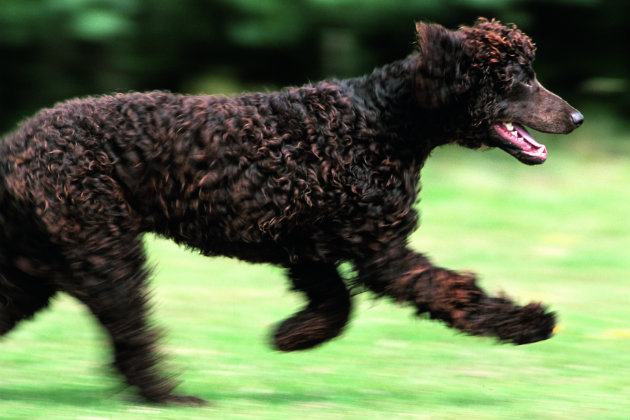
The Irish water spaniel can hunt, point and retrieve, but it’s not an easy dog to train
Irish water spaniel
In fact, a retrieving breed and also not a spaniel at all.

The Welsh springer spaniel
Welsh springer spaniel
Apart from Clumbers, the minor spaniel breeds are nowadays descended largely from show blood lines. This means that their natural hunting, retrieving and training potential will not be as high in their genetic makeup as it is from the full working lines of cockers and springers. Sadly, some of the minor breeds suffer from health issues which can affect their working ability.
Related Articles
Get the latest news delivered direct to your door
Subscribe to Shooting Times & Country
Discover the ultimate companion for field sports enthusiasts with Shooting Times & Country Magazine, the UK’s leading weekly publication that has been at the forefront of shooting culture since 1882. Subscribers gain access to expert tips, comprehensive gear reviews, seasonal advice and a vibrant community of like-minded shooters.
Save on shop price when you subscribe with weekly issues featuring in-depth articles on gundog training, exclusive member offers and access to the digital back issue library. A Shooting Times & Country subscription is more than a magazine, don’t just read about the countryside; immerse yourself in its most authoritative and engaging publication.







